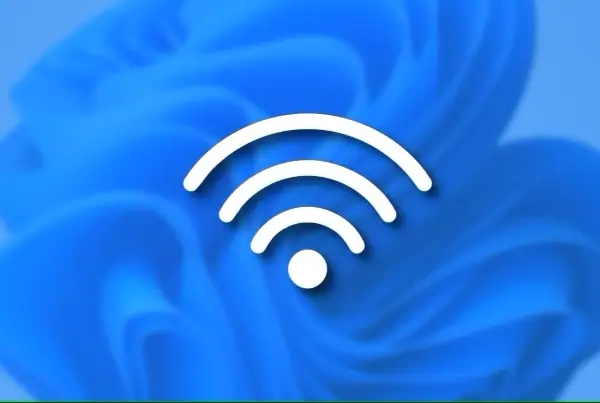The dreaded “No internet, secured” error message on Windows 10/11 can leave you feeling frustrated and disconnected. But fear not, fellow internet traveler, for this error is often easier to fix than it seems!
Understanding the Error
This message pops up in your system tray or as a notification, often accompanied by a yellow triangle next to the Wi-Fi icon. It means your device is connected to a secure Wi-Fi network, but for some reason, you can’t access the internet. Your PC can see the network, just like a locked door you can stand in front of, but you can’t get through.
How to Fix No Internet Secured Error on Windows 10/11
Thankfully, there are several solutions to tackle this annoying error:
1. Check Your VPN
If you’re using a Virtual Private Network (VPN), it might be the culprit. Disable your VPN and try connecting again. If the issue disappears, update your VPN client or try a different server.
2. Release and Renew Your IP Address
Sometimes, your computer’s assigned IP address can cause problems. Here’s how to fix it:
- Right-click the Start button and choose “Windows PowerShell” (or “Terminal”).
- Type these commands one by one, pressing Enter after each:
ipconfig /releaseipconfig /renew
- These commands tell your PC to request a new IP address from your router, often resolving the error.
3. Reset Winsock
Winsock is a vital part of Windows that allows your PC to communicate over networks. To reset it:
- Open the Windows PowerShell or Terminal again.
- Type this command and press Enter:
netsh winsock reset catalog - Wait a moment, and your network should automatically reconnect. If not, reconnect manually.
4. Verify Your Connection Properties
Sometimes, connection settings can get messed up. Here’s how to check them:
- Click the Wi-Fi icon in the system tray, then choose “Network & internet settings” or “More Wi-Fi settings.“
- Depending on your Windows version, either click “Change adapter options” and right-click your connection (Properties) or click “Hardware properties” > “More adapter options” > “Edit.”
- Make sure these options are checked:
- Client for Microsoft Networks
- File and Printer Sharing for Microsoft Networks
- Internet Protocol Version 4 (TCP/IPv4)
- (Optional) Internet Protocol Version 6 (TCP/IPv6)
- Click “OK” to confirm. Restart your PC if prompted.

5. Disable IPv6
IPv6 is a newer internet protocol, but it can sometimes cause issues. Try disabling it:
- Repeat step 4 from the previous solution.
- Uncheck “Internet Protocol Version 6 (TCP/IPv6),” then click “OK” to confirm.
- Restart your PC if prompted.
6. Adjust DNS Server Settings
Sometimes, your system’s default DNS settings go rogue. Here’s how to potentially wrangle them back into submission:
- Access your Wi-Fi connection settings (same steps as fix #4).
- Select “Internet Protocol Version 4 (TCP/IPv4)” and click “Properties.”
- Choose “Use the following DNS server addresses” and enter:
- Preferred DNS Server: 9.9.9.9
- Alternative DNS Server: 1.1.1.1
- Click “OK” and you’re good to go!

7. Update Your Network Driver
An outdated network driver can be the culprit. Here’s how to update it:
- Right-click the Start menu and select “Device Manager.”
- Expand “Network Adapters,” right-click your network device, and choose “Update driver.”
- Wait for the update to complete and restart your Windows PC.
- If unsuccessful, try “Disable device,” restart, then “Enable device.”
8. Leverage the Network Troubleshooter
Windows offers built-in tools to diagnose and fix problems. Here’s how to use the Network Troubleshooter:
- Windows 10: Settings > Network & internet > Network troubleshooter
- Windows 11: Settings > System > Troubleshoot > Other troubleshooters > Network and internet
Follow the troubleshooter’s instructions to potentially repair your network connection.
9. Reboot Your Router
If all else fails, a router restart might be the key. Here’s how to do it:
- Locate the reset button on your router and press it briefly.
- Alternatively, log in to the admin panel and reset the device from there.
- If neither option is available, simply power cycle your router by unplugging it for a few seconds, then plugging it back in.
Wait for the router to boot up completely and reconnect to the internet. Then, try connecting your Windows PC again.
By following these steps, you should be able to banish the “No internet, secured” error and get back to browsing and streaming without further frustration.
Related:





